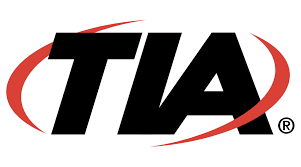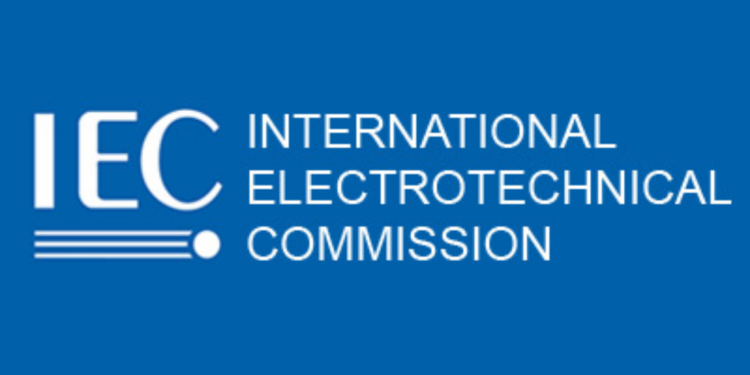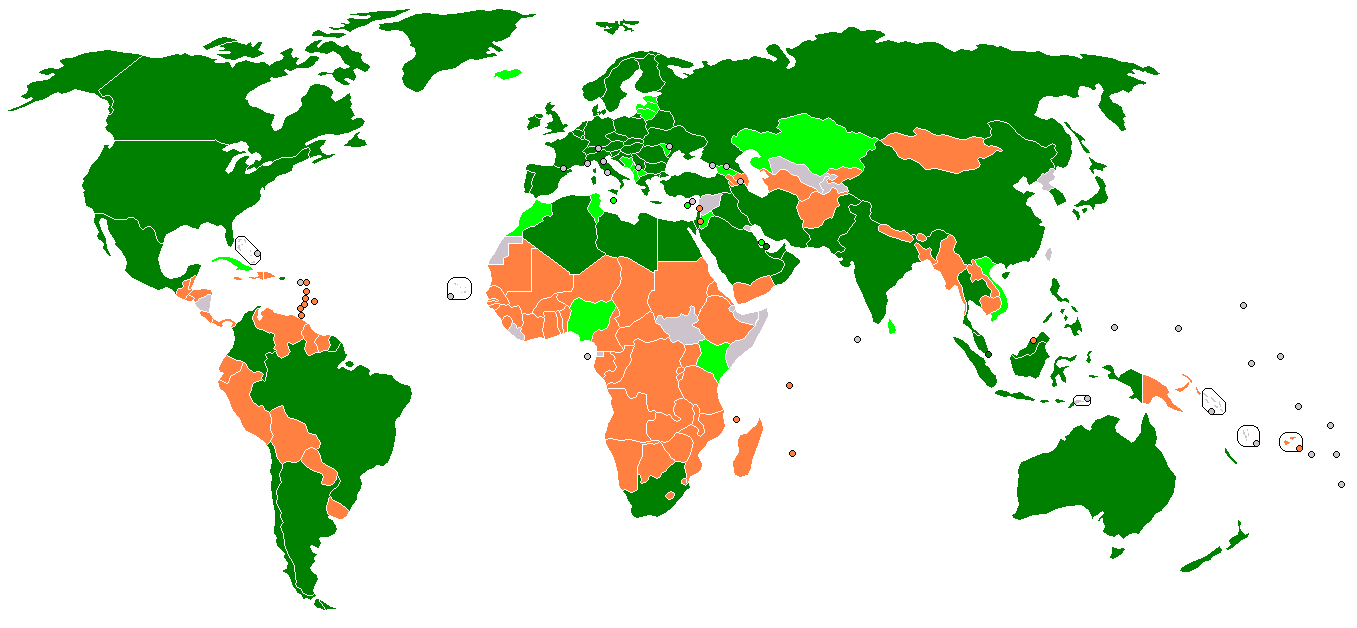

Get more familiar with Cables Standards
ANSI/TIA-568 is a technical standard for commercial building cabling for telecommunications products and services. The title of the standard is Commercial Building Telecommunications Cabling Standard and is published by the Telecommunications Industry Association (TIA), a body accredited by the American National Standards Institute (ANSI).
As of 2020, the revision status of the standard is ANSI/TIA-568-D, published 2015, which replaced TIA/EIA-568-C of 2009, revision B of 2001, and revision A of 1995, and the initial issue of 1991, which are now obsolete.
Perhaps the best-known features of ANSI/TIA-568 are the pin and pair assignments for eight-conductor 100-ohm balanced twisted pair cabling. These assignments are named T568A and T568B.
Active participants include communications equipment manufacturers, service providers, government agencies, academic institutions, and end-users are engaged in TIA's standards setting process. To ensure that these standards become incorporated globally, TIA is also engaged in the International Telecommunication Union (ITU), the International Organization for Standardization (ISO), and the International Electrotechnical Commission (IEC).

TIA merged in 2017 with the Quest Forum, home of the TL9000 quality standard for operators, which substantially increased the number of companies under the TIA umbrella. The boards of the two organizations were combined into a single board. The headquarters of the combined organization was the TIA location in Arlington, Virginia.
The International Electrotechnical Commission (IEC; in French: Commission électrotechnique internationale) is an international standards organization that prepares and publishes international standards for all electrical, electronic and related technologies – collectively known as "electrotechnology". IEC standards cover a vast range of technologies from power generation, transmission and distribution to home appliances and office equipment, semiconductors, fibre optics, batteries, solar energy, nanotechnology and marine energy as well as many others. The IEC also manages four global conformity assessment systems that certify whether equipment, system or components conform to its international standards.
All electrotechnologies are covered by IEC Standards, including energy production and distribution, electronics, magnetics and electromagnetics, electroacoustics, multimedia, telecommunication and medical technology, as well as associated general disciplines such as terminology and symbols, electromagnetic compatibility, measurement and performance, dependability, design and development, safety and the environment.

IEC Standards
The IEC cooperates closely with the International Organization for Standardization (ISO) and the International Telecommunication Union (ITU). In addition, it works with several major standards development organizations, including the IEEE with which it signed a cooperation agreement in 2002, which was amended in 2008 to include joint development work.
IEC Standards that are not jointly developed with ISO have numbers in the range 60000–79999 and their titles take a form such as IEC 60417: Graphical symbols for use on equipment. Following the Dresden Agreement with CENELEC the numbers of older IEC standards were converted in 1997 by adding 60000, for example IEC 27 became IEC 60027. Standards of the 60000 series are also found preceded by EN to indicate that the IEC standard is also adopted by CENELEC as a European standard; for example IEC 60034 is also available as EN 60034.
Standards developed jointly with ISO, such as ISO/IEC 26300 (Open Document Format for Office Applications (OpenDocument) v1.0), ISO/IEC 27001 (Information technology, Security techniques, Information security management systems, Requirements), and ISO/IEC 17000 series, carry the acronym of both organizations. The use of the ISO/IEC prefix covers publications from ISO/IEC Joint Technical Committee 1 – Information Technology, as well as conformity assessment standards developed by ISO CASCO (Committee on conformity assessment) and IEC CAB (Conformity Assessment Board). Other standards developed in cooperation between IEC and ISO are assigned numbers in the 80000 series, such as IEC 82045–1.
IEC Standards are also being adopted by other certifying bodies such as BSI (United Kingdom), CSA (Canada), UL & ANSI/INCITS (United States), SABS (South Africa), Standards Australia, SPC/GB (China) and DIN (Germany). IEC standards adopted by other certifying bodies may have some noted differences from the original IEC standard.

(Dark Green)Full members , (light Green)Associate members ,(Orange) Affiliates
Source: wikipedia